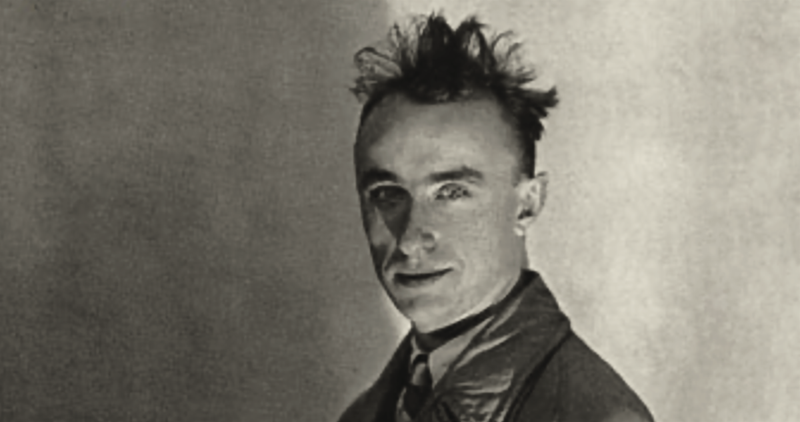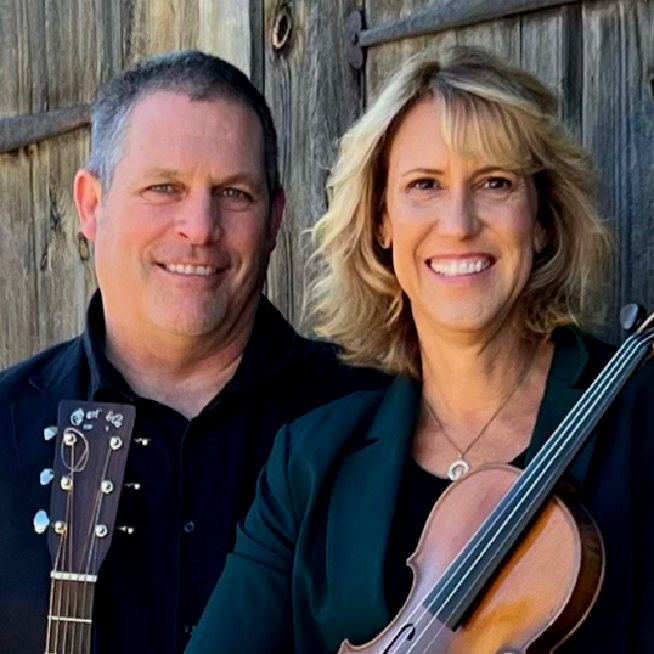THIS WEEK’S MUSE
“The painting develops before my eyes, unfolding its surprises as it progresses.”

YVES TANGUY, PAINTER
Yves Tanguy was a French surrealist painter and a leading figure in the surrealist movement of the 1920s and ‘30s. His style, popular amongst his contemporaries and gallery visitors, is abstracted, subconscious, and very personal.
Tanguy was born in Paris in 1900. He had no formal art training but decided to become a painter in 1923 while riding on a bus. He saw two paintings by Italian painter Giorgio de Chirico in an art gallery window. He became a member of the surrealist group—themselves heavily influenced by de Chirico—in 1925, developing a distinctive style that sat well within a manifesto that encouraged creative techniques to stimulate subconscious expression.
Tanguy’s style was fundamentally informed by a desire to reach beyond the confines of reality and explore the subconscious and the imagination unrestrained by the senses. There, he felt, lay the mysteries of the mind, answers to the human condition, and a realm as yet unexplored. “The world is a strange place,” he said, “And my paintings are an attempt to capture its mysterious essence.” He felt art, the act of painting and the resulting creative work, was a bridge that “connects the conscious and the unconscious.” Painting, therefore, was the conduit by which he could reach that unexplored place.
His paintings are typically abstract in nature. Empty, desolate, landscapes or bleak, featureless shorelines; horizons lost in layers of colored mists; foregrounds populated by organic shapes and geometric forms in varying states of mutation and transformation. A tightly controlled palette, that is only occasionally punctuated by flashes of contrasting color, accentuates his otherworldliness.
The shapes and forms offer little relation to reality, but as we view his work, our brain fills in the gaps, makes connections, and joins the dots. Through his paintings, Tanguy invites us to explore our subconscious realm through his.
Tanguy used a technique he called “pure psychic automatism.” Spontaneous, automatic composition, begun without any preconceived ideas of how the work would develop; a painterly version of musical improvisation. “I am incapable of forming a plan or making a sketch beforehand,” he said. This subconscious process, akin to the automatic writings of the Dadaists a few years before, was to allow his hand brush, to paint what it wanted. To tap into a subconscious place where he was merely an observer. “It is this which gives me the sense of complete liberty,” he said. “And for this reason, I am incapable of forming a plan or making a sketch beforehand.”
By the outbreak of World War II, the Surrealist movement had changed and was reinventing itself for a new era. Like many European artists, Tanguy moved to the United States to avoid the conflict, and to be a part of a new center of creative activity growing there. He continued painting, became a US citizen in 1948 and died in 1955 in Woodbury, Connecticut.
HAPPENING
Tuesday, December 12, 5:30–7pm

“WATERWHEEL LIQUOR” HOLIDAY COCKTAILS, MOCKTAILS & APPETIZERS!
with Chef Nicholas Caprice
Join us for fabulous libations and appetizers this holiday season! Member: $36, Non-member: $39
Saturday, December 16, 7:30pm

14TH ANNUAL CAPE COD CELTIC CHRISTMAS FAMILY CELEBRATION
with Stanley & Grimm
A celebration of traditional music through old and new interpretations of jigs, reels, and songs! $25
DETAILS & TICKET
